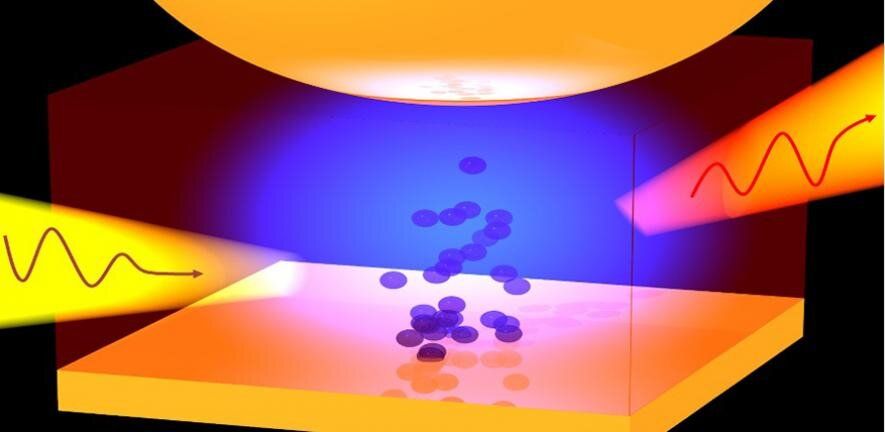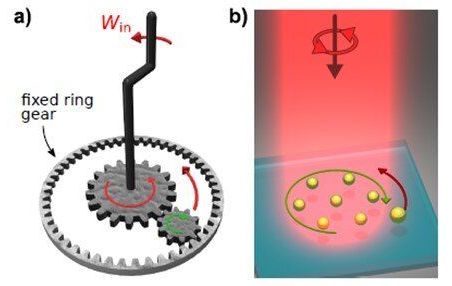Oct 14, 2020
Squeezing light inside memory devices could help improve performance
Posted by Raphael Ramos in categories: energy, nanotechnology
Researchers have developed a method to ‘squeeze’ visible light in order to see inside tiny memory devices. The technique will allow researchers to probe how these devices break down and how their performance can be improved for a range of applications.
The team, led by the University of Cambridge, used the technique to investigate the materials used in random access memories, while in operation. The results, reported in the journal Nature Electronics, will allow detailed study of these materials, which are used in memory devices.
The ability to understand how structural changes characterize the function of these materials, which are used for low-power, ultra-responsive devices called memristors, is important to improve their performance. However, looking inside the 3D nanoscale devices is difficult using traditional techniques.


















